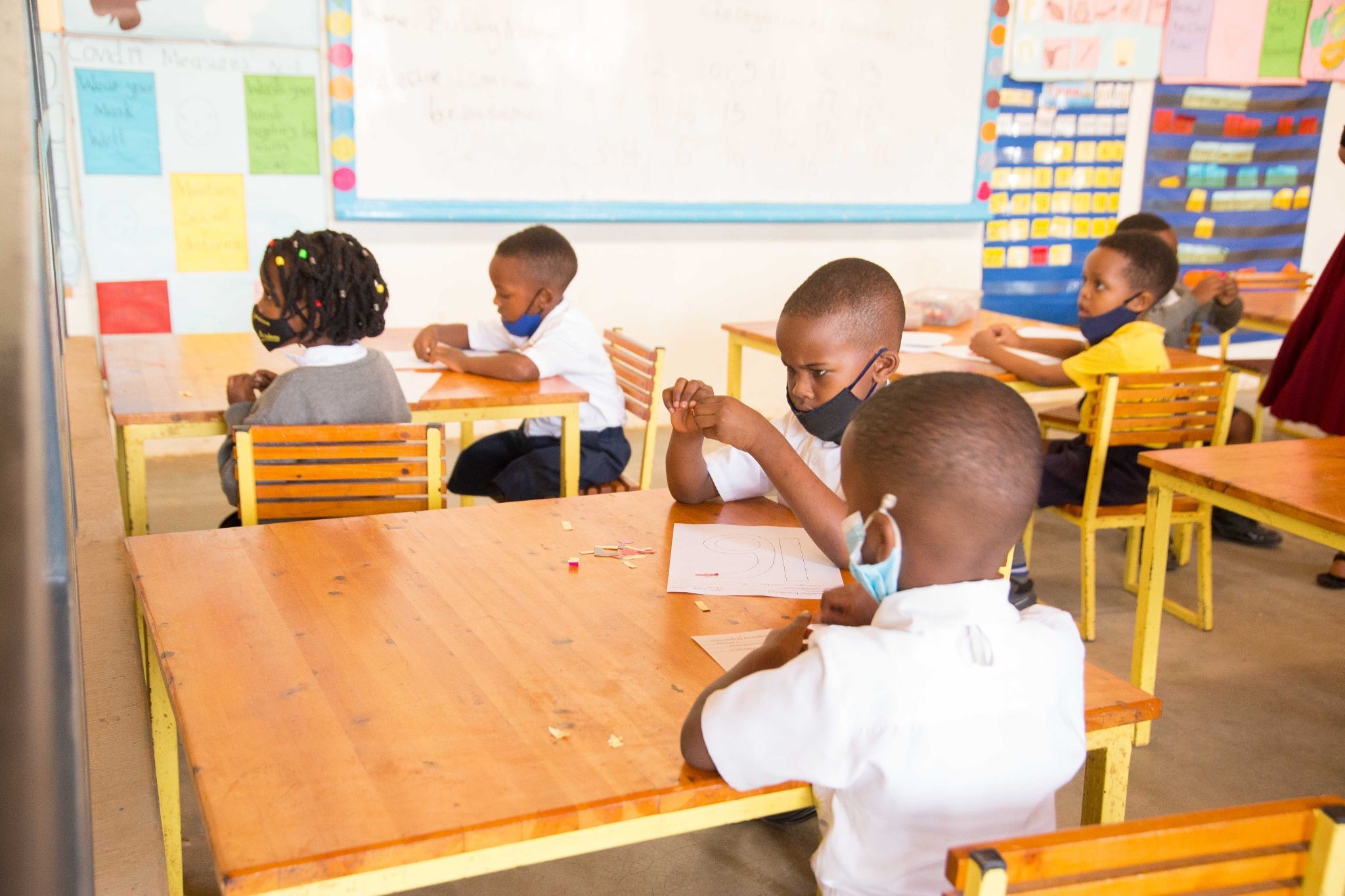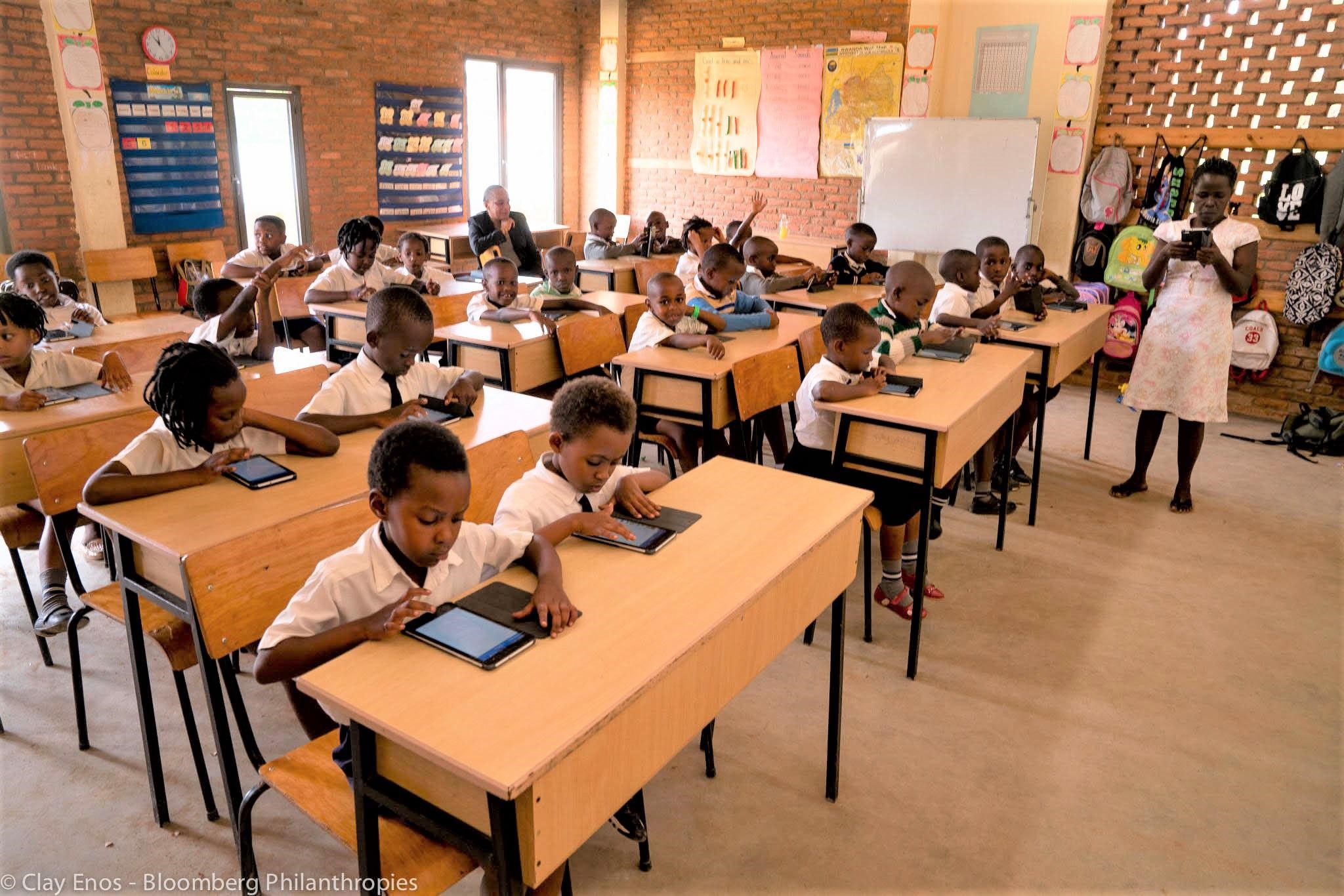What is Positive Peace?
 What is Positive Peace?
What is Positive Peace?
Positive peace is not just the opposite of conflict, although that is a very important part of the concept. Positive peace is not just learning about our history, although that is also very important. Positive peace means that all of us in education must be aware of how we think and how we behave. If children are to be able to contribute positively to sustainable peace in Rwanda, we must help them learn the skills to do this.
Achieving positive peace in school is a long and continuous journey, made up of many small steps. So far, we have found the journey exciting, surprising, challenging, and rewarding, and we are delighted now that you are going to join us!
 To develop a professional learning community, APIE has created a WhatsApp group for you to share your thoughts, activities, and teaching experiences with other teachers around the country. Throughout the course, you will be asked to share your ideas, successes and challenges with this WhatsApp group. In addition, feel free to contact the staff at APIE at any time if you have questions about the course.
To develop a professional learning community, APIE has created a WhatsApp group for you to share your thoughts, activities, and teaching experiences with other teachers around the country. Throughout the course, you will be asked to share your ideas, successes and challenges with this WhatsApp group. In addition, feel free to contact the staff at APIE at any time if you have questions about the course.
|
Peace and Values Education Peace and Values Education (PVE) is all about how education can contribute to a better awareness of the root causes of conflicts, violence, and peacelessness at the personal, interpersonal, community, national, regional, and international/global levels on the one hand and, on the other hand, about how education can simultaneously cultivate values and attitudes which will encourage individual and social action for building more peaceful families, communities, societies and ultimately a more peaceful world. |
PVE is further defined as education that promotes social cohesion, positive values including pluralism and personal responsibility, empathy, critical thinking and action in order to build a more peaceful society (a society that does not use violence to resolve conflicts). PVE is also understood as being the process of acquiring values and knowledge, and developing attitudes, skills and behaviour to live in harmony with oneself, with others and with the natural environment.
Instead of being a stand-alone subject in this curriculum, PVE is integrated as a crosscutting issue in the following three ways:
Firstly, PVE content elements and teaching-and-learning methodological approaches (including tools and resources) are mainstreamed in different subjects.
Secondly, PVE is integrated in all other subjects through infusion of its specific teaching-and-learning methodological approaches (including tools and resources).
Thirdly, PVE is integrated in all subjects by making Peace and Values an everyday life practice and by requiring all teachers to (1) behave as peaceful facilitators of learning or to be “Guides on the Side” instead of being “Sages on the Stage”; and (2) behave as peace builder models for the students, i.e. PVE role modelling or PVE teaching by examples.
Source: Competence-Based Curriculum, Curriculum Framework Pre-Primary to Upper Secondary, 2015, Final version, page 23.
